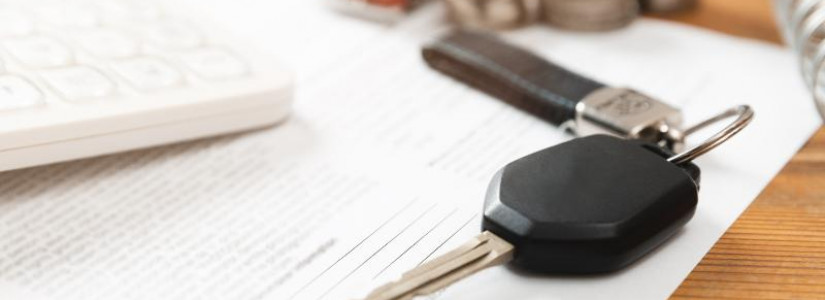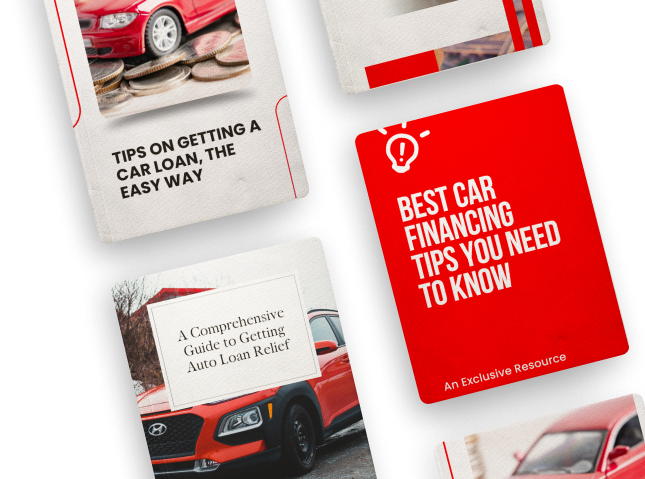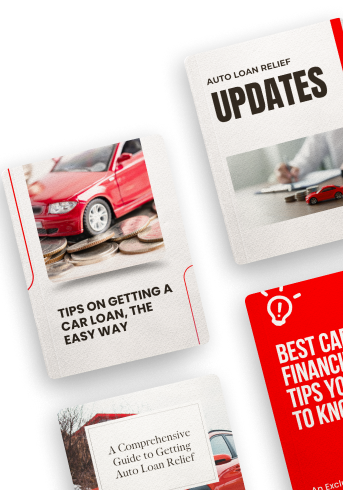Record Number of Car Owners Face 'Upside Down' Loans as Vehicle Values Plummet
These days, more people find themselves in a tricky situation with their car loans. They owe more money on their car loans than their vehicles are worth. This is often called being "upside down" on a loan.
Last year, about one in four cars traded in for new ones were worth less than what was owed on them, setting a record high.
On average, people found themselves almost $7,000 in the hole when they traded their old cars for new ones. For electric vehicle owners, the situation can be even worse.
Several factors contribute to this problem:
First, check your loan balance and compare it to your car's current value on sites like Edmunds. If you find yourself underwater, here are some options:
Last year, about one in four cars traded in for new ones were worth less than what was owed on them, setting a record high.
On average, people found themselves almost $7,000 in the hole when they traded their old cars for new ones. For electric vehicle owners, the situation can be even worse.
Why Is This Happening?
Several factors contribute to this problem:
- High Initial Car Prices: Following the pandemic, car prices soared due to a shortage of new cars and high demand for used ones. This led many buyers to take on larger loans.
- Interest Rates: Most car loans are structured so that interest payments are made early in the loan period. This means that initially, you're not paying much towards the principal – the actual amount you borrowed.
- Quick Depreciation: Cars lose value quickly, and if you financed most of the purchase price, you might find yourself owing more than the car's current value soon after purchasing it.
- Long Loan Terms: Many car buyers opt for longer loan terms to keep monthly payments low, which also slows down the rate at which they build equity in the vehicle.
What Can You Do If Your Car Loan Is Underwater?
First, check your loan balance and compare it to your car's current value on sites like Edmunds. If you find yourself underwater, here are some options:
Auto Loan Relief Options
- Refinance Your Loan: If your credit score has improved since you took out your car loan, you might qualify for a lower interest rate. Refinancing can reduce your monthly payments and the total amount of interest you pay.
- Make Extra Payments: If you can afford it, making extra payments toward the principal can help you get right-side-up on your loan more quickly.
- Keep Your Car Longer: Instead of trading in your car when you're still underwater, consider keeping it until you've paid off more of the loan.
- Sell Privately: You might get more for your car if you sell it privately than if you trade it in at a dealership.
- Lease New Cars: If you prefer to drive newer cars, leasing might be a better option than buying. Leasing can prevent negative equity, as you won’t own the car and won’t be responsible for its depreciation.
Conclusion
Being upside down on a car loan can be a stressful financial situation, but there are ways to manage it. Understanding your options and making informed decisions can help you avoid or get out from underwater car loans.
Remember, it’s always a good idea to speak with a financial advisor or loan specialist to explore the best options for your personal financial situation.
-
Get the latest on auto loan relief and other tips by subscribing to our weekly newsletter here!












